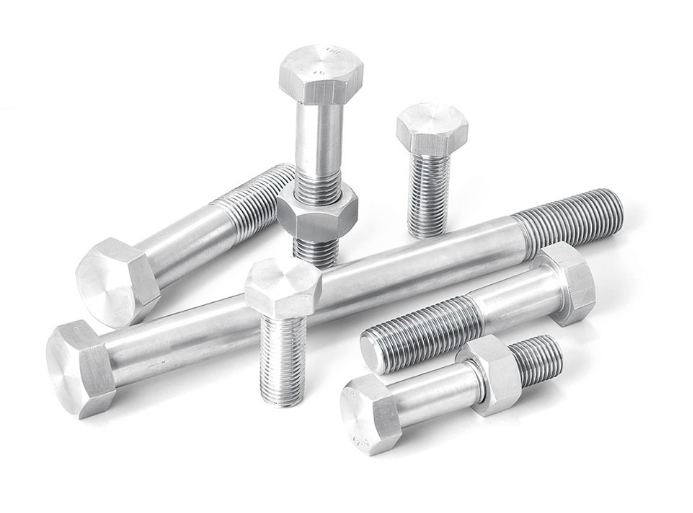

Secure Your Solar Panels with Reliable Hold Down Brackets for Maximum Stability
Oct . 21, 2024 10:09 Back to list
Secure Your Solar Panels with Reliable Hold Down Brackets for Maximum Stability
Understanding Solar Panel Hold Down Brackets Essential Components for Stability and Efficiency
Solar energy has rapidly become one of the most viable alternatives to fossil fuels, and with advancements in technology, many homeowners and businesses are opting to harness this clean and renewable energy source. However, the successful operation of solar panels depends not only on their efficiency but also on the stability of their mounting systems. This is where solar panel hold down brackets come into play. In this article, we will explore the significance of these components, their types, and their installation process.
What are Solar Panel Hold Down Brackets?
Solar panel hold down brackets are fastening devices specifically designed to secure solar panels to their mounting structures. These brackets ensure that the panels remain in place, providing stability against wind, rain, snow, and other environmental forces. The effectiveness of these hold down brackets is crucial for maintaining optimal performance and longevity of the solar installations.
The Importance of Secure Mounting
The primary function of hold down brackets is to anchor solar panels firmly to the roof or ground mounting system. If solar panels are not adequately secured, they risk being dislodged during adverse weather conditions, such as strong winds or heavy snowfall. This not only can result in damage to the panels themselves but may also compromise the overall integrity of the solar system, leading to decreased efficiency.
Additionally, improperly secured solar panels can create significant safety hazards. Dislodged panels may become airborne and cause injury to people or damage to property. Therefore, utilizing high-quality, reliable hold down brackets is paramount for any solar installation.
Types of Solar Panel Hold Down Brackets
There are several types of solar panel hold down brackets, each designed to cater to different mounting surfaces and solar panel configurations
. Here are some of the most common types1. L-Foot Brackets These are often used in roof-mounted solar systems. They attach to the mounting rails and provide a sturdy connection to the roof. L-foot brackets are typically adjustable, allowing for easy alignment of the solar panels.
2. End Caps As the name suggests, these brackets are placed at the ends of the solar panel array. They help secure the solar panels at both ends, ensuring they remain tightly fastened to the mounting structure.
solar panel hold down brackets

3. Mid-Clamps Used for solar panel arrays where multiple panels are installed in a row, mid-clamps hold the panels together, preventing them from shifting or moving due to wind or other external forces.
4. Rail Connectors These brackets connect the solar modules to the mounting rails and can accommodate different spacing systems. They are crucial for maintaining the integrity of the entire solar system.
Installation Process
Installing solar panel hold down brackets can be a straightforward process, but it requires careful attention to detail. Here is a general overview of the installation steps
1. Planning Before installation, it's crucial to plan the layout of the solar panels and brackets. This will ensure optimal sunlight exposure and efficient use of space.
2. Mounting Structure Secure the mounting structure (rails) to the roof or ground first. This typically involves using lag bolts or other fasteners.
3. Attach Hold Down Brackets Depending on the type of bracket, they should be attached to the mounting rails or directly to the structure. Ensure that they are tightened securely to withstand environmental challenges.
4. Install Solar Panels Once the brackets are in place, the solar panels can be mounted onto the system. Use mid-clamps and end caps as necessary to secure the panels.
5. Final Inspection After the installation is complete, conduct a final inspection to ensure that all components are securely fastened and that there are no loose parts.
Conclusion
Solar panel hold down brackets are a critical component of any solar energy system. Their role in securing solar panels enhances not only the performance of the solar installation but also ensures safety and longevity. As the solar energy market continues to grow, understanding the importance of these seemingly simple yet crucial components becomes increasingly essential for homeowners and solar professionals alike. Investing in high-quality hold down brackets and ensuring proper installation will go a long way in maximizing the efficiency and reliability of solar energy systems.
Latest news
-
High-Strength Hot Dip Galvanized Bolts - Hebei Longze | Corrosion Resistance, Customization
NewsJul.30,2025
-
Hot Dip Galvanized Bolts-Hebei Longze|Corrosion Resistance&High Strength
NewsJul.30,2025
-
High-Strength Hot-Dip Galvanized Bolts-Hebei Longze|Corrosion Resistance&High Strength
NewsJul.30,2025
-
Hot Dip Galvanized Bolts-Hebei Longze|Corrosion Resistance&High Strength
NewsJul.30,2025
-
Hot Dip Galvanized Bolts - Hebei Longze | Corrosion Resistance, High Strength
NewsJul.30,2025
-
High-Strength Hot Dip Galvanized Bolts-Hebei Longze|Corrosion Resistance, Grade 8.8
NewsJul.30,2025

